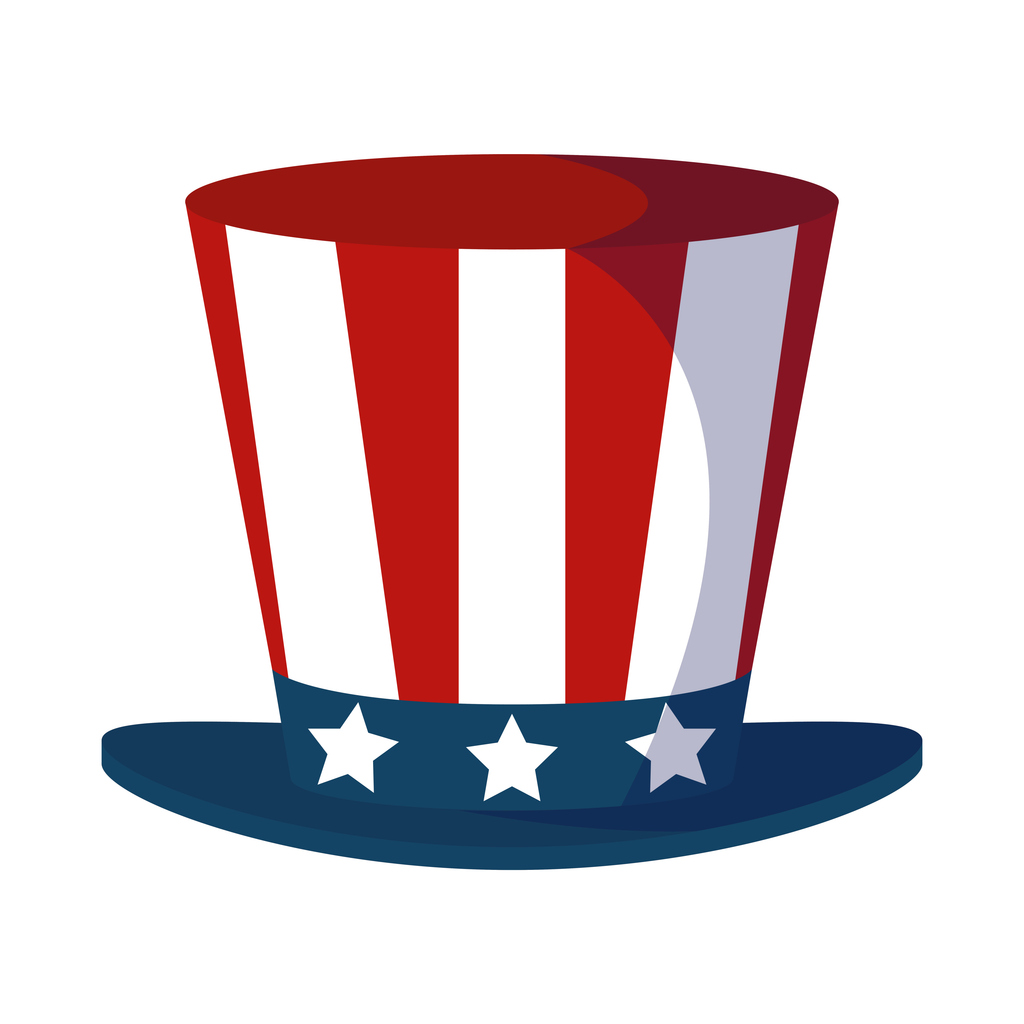Dispatches from PLA 2016: Creative Merchandising Strategies for Libraries

At the PLA Conference in Denver, I decided to check out the program Creative Merchandising Strategies for Libraries, mainly because I was intrigued by the word “merchandising.” After all, I’d heard about some libraries moving to the bookstore model—and while I wasn’t quite sure what this meant other than the vague notion that libraries were attempting to channel the spirits of Barnes & Noble—I was hoping to see how I might increase sales (err… circulations) at my library.
The program description indicated that participants would “(1) Understand how visual merchandising [could] impact the customer’s experience – and the library’s circulation numbers. (2) Discover creative merchandising techniques to apply in the library. (3) Learn why a merchandising strategy is important.” I was psyched.
Two branding gurus facilitated: Stacie Ledden, director of Innovations and Brand Strategy at Anythink Libraries in Colorado, and David Vinjamuri, an assistant professor of marketing at NYU, corporate brand trainer, and writer. When I first walked into the enormous room, I was greeted by the sight of dozens of round tables, each one topped with a curious centerpiece of a cardboard box, markers, and paper.
After initial introductions, our energetic hosts asked the packed room what our favorite stores were and why. Stacie announced hers was Ikea because it encouraged her to dream of possibilities. An Ikea kitchen could conjure home-sweet-homey images of family togetherness or swanky dinner parties. Another participant mentioned Trader Joe’s, and I immediately conjured a person living a healthy and unpretentious lifestyle—someone buying pre-shredded kale from a friendly staffer in a Hawaiian shirt. Successful stores encouraged consumers to dream of a future—big or small—that relied on the purchase of that store’s merchandise.

Each table was tasked with creating a book display for an imaginary library. Before creating our displays, we filled out a planning sheet to help us think about some key issues for our imaginary library.
We participants then were asked to think about what feelings we wanted our libraries to conjure—Excitement? Tranquility? Friendliness? Modernity?—and use these emotions as guides for designing our library spaces and brand. But while I liked the idea of striving to connect positive and consistent emotions to a library, I didn’t quite understand how to turn those emotions into tangible forms of action. Some things I took away: Offer great customer service and make your library logo obvious (through signage, t-shirts, marketing materials, and so on). The Anythink Libraries were designed from the beginning to have a consistent look and feel across all their locations so that customers entered with an unconscious expectation of the Anythink brand, in the same way a consumer would have the same unconscious expectation of a McDonald’s or Macy’s brand. But I wasn’t entirely convinced that branding was an easy thing to do when there wasn’t money to build or renovate a physical space.
One great idea from the session was to “interrupt people’s patterns.” For instance, a grocery store typically shelves food staples—such as milk and eggs—in the back so that a consumer must first walk through aisles of other enticing items. The grocery store hopes that by interrupting people’s pattern of food-staple shopping, they will stop to buy that excellent bag of Hot Cheetos. Libraries can use similar tactics to create their own version of “impulse shopping.” If there’s a dad only interested in the children’s section, put a great book display in his path for him to browse. If there are customers darting in and out to grab their holds, move the holds section to the back where people will need to pass other appealing areas first.
The last twenty minutes of the session were devoted to book display creation. That mysterious cardboard box turned out to include Demco book risers and other display tools, and each table was given twenty copies of the same book to develop its own mini-display. Stacie and David discussed a few design elements, including the rule of threes, a compositional concept where the human eye gravitates toward odd- rather than even-numbered items. My table had a great time creating our Princess and the Pony display. One caveat: in my real job, I doubt I’d have twenty copies of the same title and would have to create a display using a variety of titles. Another participant pointed out that if the goal was to have customers check out materials from these displays, then the displays themselves would require constant vigilance and restocking. Indeed.

Once we’d completed our planning sheet, we dove into creating a quick display using twenty copies of Kate Beaton’s The Princess and the Pony and some handy display supplies from Demco.

One of my favorite displays used Amy Poehler’s Yes Please.
Overall, I wasn’t sure my library’s circulation would increase much from the tips I’d gleaned, but I left the session with a few neat ideas and a new respect for the psychology of merchandising.









